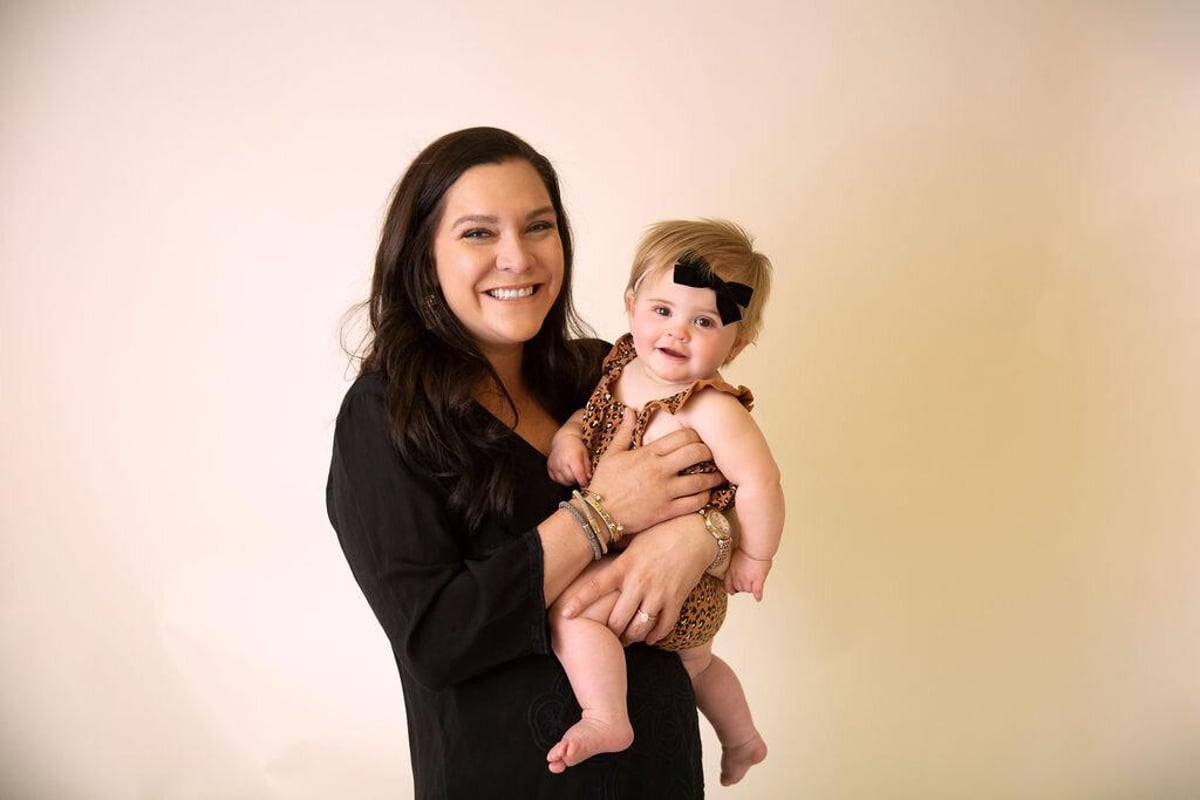Child ER Visits for Swallowed Button Batteries Doubled in a Decade

MONDAY, Aug. 29, 2022 (HealthDay News) -- Trista Hamsmith’s 18-month-old daughter, Reese, died after swallowing a button battery that slipped out of a remote control in the fall of 2020, and the mom-turned-advocate has spent the past two years trying to make sure no other child dies this way.
Her hard work is paying off: President Joe Biden signed Reese’s Law in mid-August, and the U.S. Consumer Product Safety Commission will soon require companies to use warning labels as well as childproof packaging for button and coin cell batteries that are sold separately.
“I am thankful to get this done and have changes made to protect kids in the future,” said the Lubbock, Texas, resident who also started Reese’s Purpose, a foundation that educates parents on safety issues.
Now, new research confirms that Reese's Law is very much needed: Accidental ingestions of button batteries are on the rise, with more than twice as many battery-related emergency department visits for kids aged 18 and younger from 2010 to 2019, compared to 1990 to 2009.
Button batteries are small, disk-shaped and ubiquitous. They power everything and anything, from watches, toys and remote controls to musical greeting cards, key fobs, tea-light candles and flashing jewelry.
Unfortunately, these batteries generate an electric current when swallowed, liquifying living tissue in the esophagus, a long tube that connects the mouth to the stomach.
There were 70,322 battery-related emergency room visits among U.S. children from 2010 to 2019, according to data from the National Electronic Injury Surveillance System.
This means that there was about one battery-related visit to the emergency room every 1.25 hours from 2010 to 2019, compared with one every 2.6 hours between 1990 and 2009, the study showed.
Most of these kids were younger than 6, and button batteries were most frequently involved. About 90% of the emergency department visits were for ingestions, the investigators found. Ear and nasal insertions also occurred.
“It’s very concerning that the frequency has gone up,” said study author Dr. Kris Jatana, a pediatric otolaryngologist at Nationwide Children’s Hospital in Columbus, Ohio.
“There are more and more items in the home that contain button batteries, so these numbers will keep going up and keep getting worse,” said Jatana, who is also a member of the National Button Battery Task Force.
If you suspect a child has swallowed a button battery and they are older than the age of 1, give them two teaspoons of honey and head to the nearest emergency room, Jatana said. “Honey can be protective and create a viscous physical barrier to the esophageal tissue to slow the rate of injury,” he said. (Kids younger than 1 shouldn’t consume honey as it contains the bacteria that causes infant botulism.)
At the hospital, an X-ray can confirm whether the child has swallowed a battery. If a battery is lodged in the esophagus, surgery is needed to remove it. Not every child will die after swallowing these batteries. Other injuries can include paralysis of the vocal cord and may require a tracheostomy to open up the windpipe and aid breathing, or to place a feeding tube for nutrition.
But quick care isn’t always possible as parents don't always know if a child has swallowed a button battery, he said. There may not be any symptoms or the child may only complain of a sore throat, cough or stomach pain.
Still, “the clock is ticking from the moment that battery lodges in the esophagus,” Jatana said.
This is why prevention is so important, added study author Mark Chandler, a senior research associate at Safe Kids Worldwide.
Keep button battery-controlled devices out of sight and reach of children, especially those aged 5 and younger, he said.
Examine products and make sure the compartment that houses the button battery is secure, such as being closed with a screw, he advised. “If the product is damaged or the button battery compartment cannot be secured, stop using the product and keep it away from children,” Chandler said.
The new study was published online Aug. 29 in the journal Pediatrics.
Dr. Sarah Ash Combs is the director of outreach and emergency medicine at Children’s National in Washington, D.C.
She agreed that prevention efforts and seeking medical care immediately if parents or caregivers suspect their child has swallowed a button battery will help save lives, as it will take time for new legislative and manufacturing standards to be enacted.
When disposing of a button battery, wrap it up carefully. “Even if you think the battery is dead, it can still have enough charge to cause damage,” said Combs, who has no ties to the new study.
If there is even the slightest suspicion that your child has swallowed a button battery, go to the emergency room right away. “Don’t take chances. You are better off safe than sorry,” she said.
Don’t try to make your child vomit, she noted. “These alkaline batteries can do more harm on the way back up than going down,” she warned.
More information
Safe Kids Worldwide offers more button battery safety tips.
SOURCES: Trista Hamsmith, mom, advocate, founder, Reese’s Purpose, Lubbock, Texas; Kris Jatana, MD, pediatric otolaryngologist, Nationwide Children’s Hospital, Columbus, Ohio; Mark Chandler, senior research associate, Safe Kids Worldwide, Silver Spring, Md.; Sarah Ash Combs, MD, director, outreach and emergency medicine, Children’s National, Washington, D.C.; Pediatrics, Aug. 29, 2022, online
Related Posts
Amino Acid Supplementation Beneficial After Fracture Fixation
MONDAY, March 28, 2022 (HealthDay News) -- For adults undergoing fracture...
Could ‘Brown Fat’ Make Some Obese People Healthier?
THURSDAY, Nov. 4, 2021 (HealthDay News) -- All body fat is not the same.And a...
Not Enough Antibiotics in Drug Development Pipeline, WHO Says
THURSDAY, March 30, 2023 (HealthDay News) -- Only 12 new antibiotics entered the...
Battling High Blood Pressure? Adding Yoga to Your Workout Might Help
THURSDAY, Dec. 8, 2022 (HealthDay News) -- Adding a little yoga to an exercise...
